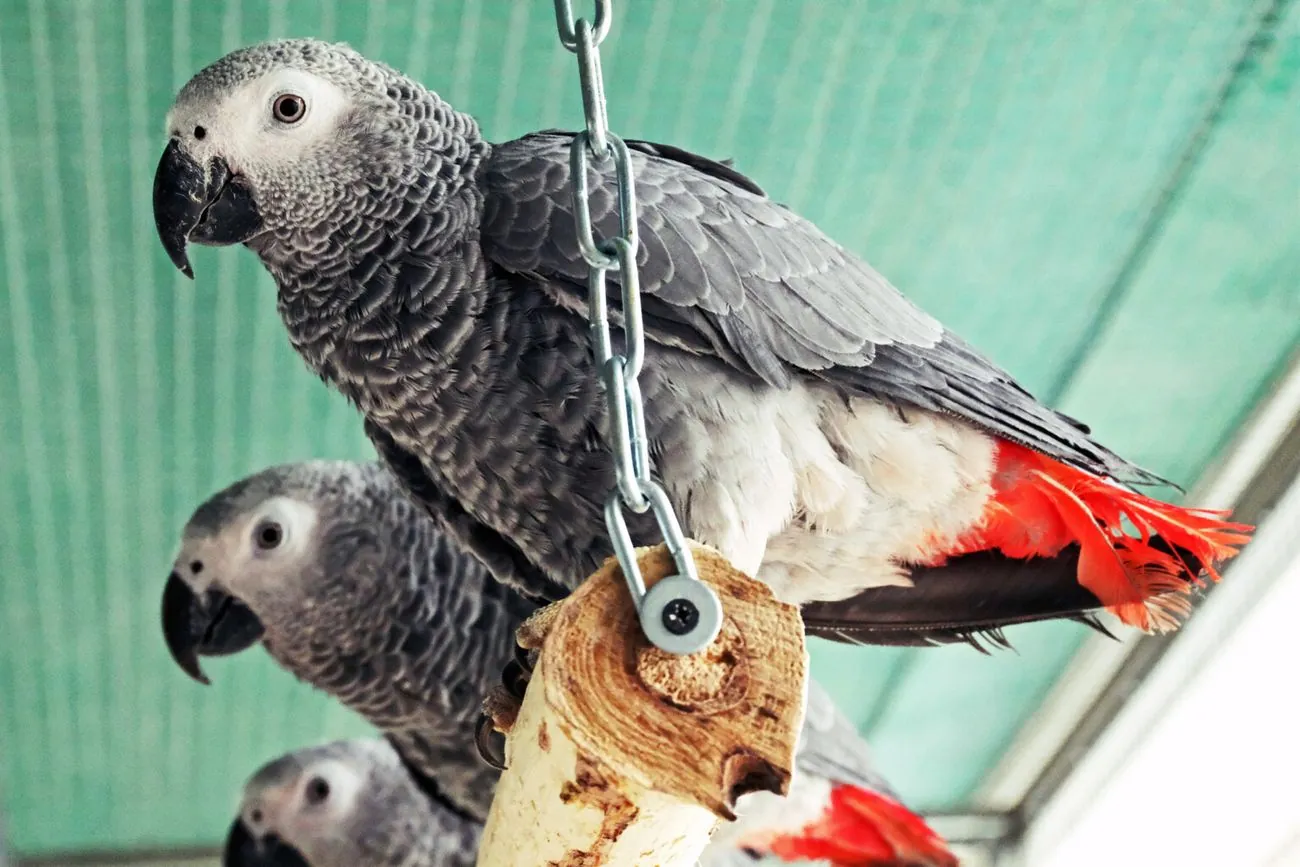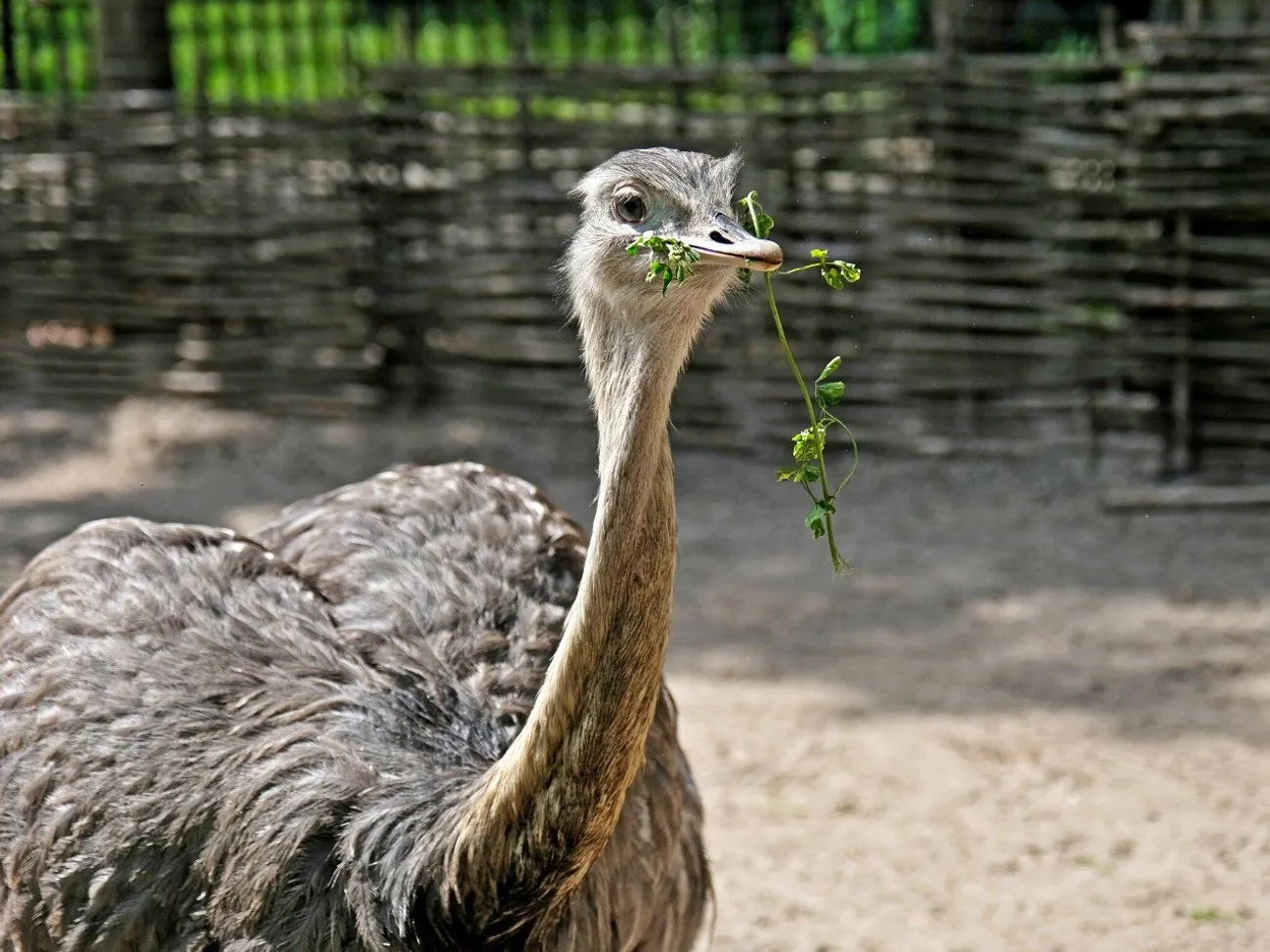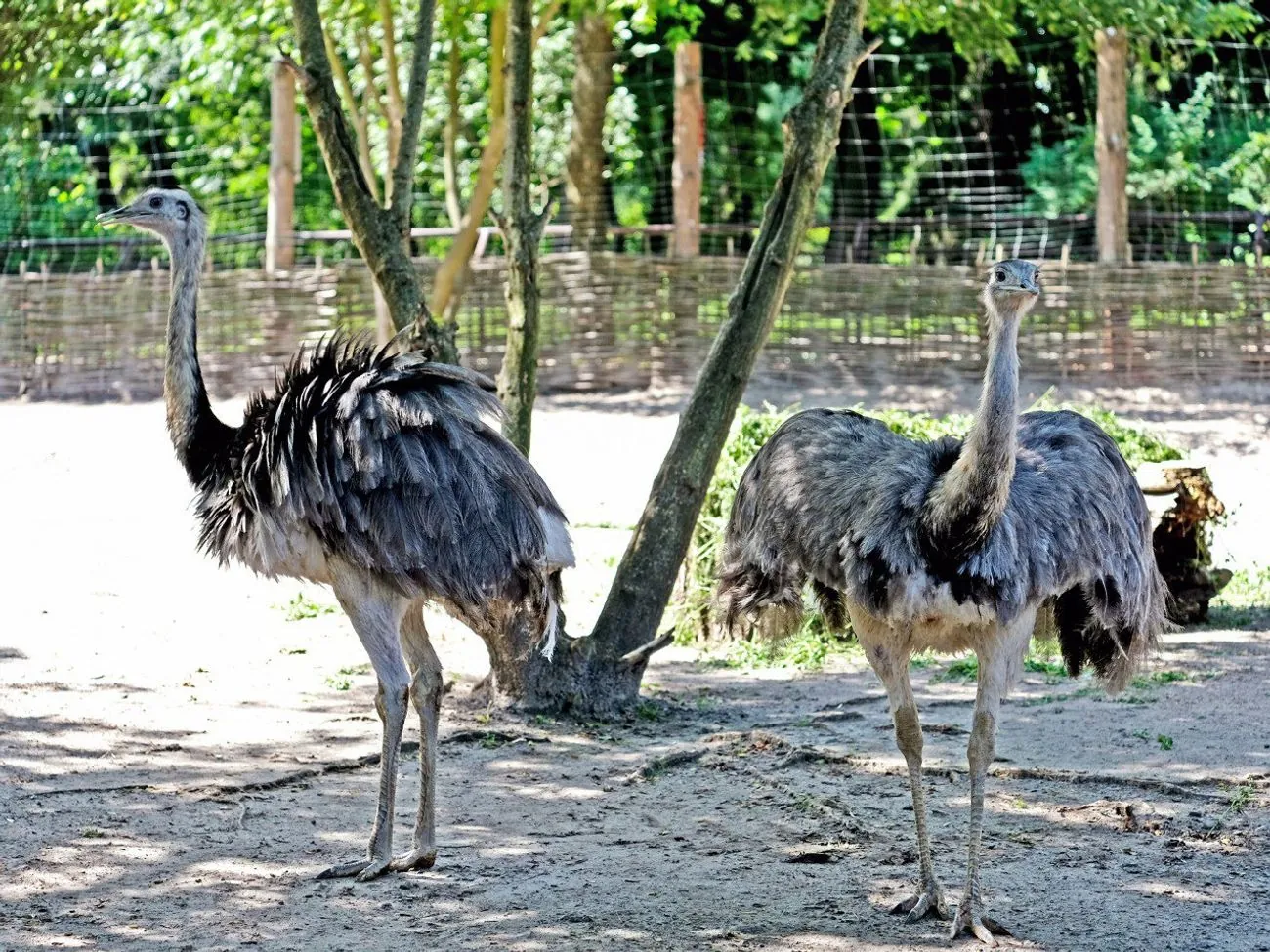Today is Zoo Lover's Day: How zoos protect animals during the war in Ukraine
Kyiv • UNN
Ukrainian zoos have become a haven for animals from hot spots. Evacuation, treatment and international assistance are key aspects of animal protection.

April 8 is Zoo Lovers' Day, who are called to protect endangered species, create an educational space for children and serve as a place for entertainment. However, during the war, zoos have another important mission - to protect their charges from direct threats. UNN will tell how zoos are saving animals during the war.
Despite the modern technologies and equipment that Ukrainian zoos possess, military operations have always led to huge losses and even the complete destruction of animals kept in them. Because of this, some furry animals had to change their region of residence, and others even their country of residence. They were evacuated to safer places.
Kyiv Zoo
In particular, the Kyiv Zoo has sheltered more than 400 animals from different parts of Ukraine. Even owlets, which Ukrainian soldiers of the 92nd Separate Assault Brigade found in one of the houses destroyed by shelling in Lyptsy, Kharkiv region, found shelter in "KyivZoo". They were in a cage and most likely would have died without help.
Police officers brought seven more frightened grey parrots to Kyiv Zoo. In February 2025, volunteers handed over a rescued young female green monkey to the Kyiv Zoo.

Nandu ostriches evacuated from Sumy region also settled here. Thanks to the work of volunteers, the birds were taken out of a dangerous place and transferred to the Kyiv Zoo. In their new home, these large birds live, as in nature, together with other South American neighbors.
A lynx named Stepan was given to Kyiv Zoo for rehabilitation22.11.24, 12:12 • 22253 views
At the beginning of the full-scale war in Ukraine, the Kyiv Zoo released a short film. It tells about the events of February 24 and the heroic deeds of the staff. The video shows how hard the zoo's inhabitants endured the sounds of explosions and even got sick because of it.
Kakhovka Zoo
As a result of the explosion of the Kakhovka HPP, the local zoo "Kazkova Dibrova" was flooded. About 300 animals lived in it. Those of them who were at home with the woman who takes care of the animals of "Dibrova" survived. These are small thermophilic animals and birds that she took home in the fall, because there was no heating or electricity in "Dibrova". The rest of the surviving animals were searched for by volunteers.
Podilskyi Zoo (Vinnytsia)
Podilskyi Zoo has sheltered animals from frontline cities and hotspots. All of them need rehabilitation, and some need treatment after injuries.
Here, in the youngest zoo in the country, cranes from Kharkiv region, a tigress and a jaguar from Odesa region, and squirrels from Zaporizhzhia found a new home. The big cats moved from Odesa region in serious condition, with injuries. Crowned cranes were evacuated from under shelling from Kharkiv region. Special transport was used for this.

Currently, the Podilskyi Zoo has the first bomb shelters for animals with an equipped spacious room, equipped with ventilation, electricity, water supply and sewerage.
Odesa Zoo
The Odesa Zoo closed its doors to visitors for a month from the first day of the full-scale invasion. Fortunately, the zoo's territory was not shelled, so the animals were not physically injured. The biggest problem for the zoo was the large number of animals brought in by local residents during the evacuation.
During the three years of the war, the Odesa Zoo has become a temporary or permanent home for 1,700 new animals (birds, rodents, reptiles, fish, spiders, scorpions, mollusks), including 1,400 domestic and 300 predators. Among others, there is even a small deer that naval sailors found right in the water and brought to the zoo in Odesa.

Rivne Zoo
The Rivne Zoo has become home to more than 60 animals since the beginning of the war. The new inhabitants include 20 raccoons, 17 primates, 8 alpacas and more than 20 pheasants.
At the beginning of the war, 17 monkeys came to it from the "Park of 12 Months" zoo in Kyiv region. Most of them have already returned. 8 alpacas came from "Feldman Ecopark" in Kharkiv and 20 raccoons from Dnipro.
The animals were taken out during the liberation of the residents of "Feldman Ecopark", several volunteers even died.

Cherkasy Zoo
In the first year of the full-scale war, 70 new animals from the frontline zones were transferred to the zoo for maintenance. In order to protect large mammals, employees decided to close them in internal premises.
Mykolaiv Zoo
The Mykolaiv Zoo survived 8 shellings in the first 6 months of the full-scale invasion alone. On February 28, 2022, one of the Russian missiles fell right near the enclosure with bears.

The director of the zoo, Volodymyr Topchiy, said that the issue of evacuating animals at the beginning of the war was too complicated due to logistics and the lack of transport for such a number of wards, especially elephants, giraffes, hippos and other large mammals. That is why the zoo's employees abandoned this idea and remained in the city. More than half of the employees moved to live in the zoo in order to take care of the animals around the clock.
In 2022, the European Association of Zoos and Aquariums also transferred 10,000 euros to the Mykolaiv Zoo to support animals that are constantly under fire.
The Mykolaiv Zoo is also assisted by colleagues from Germany, Poland, and the Czech Republic. They send food for animals and organize fundraising.
Kharkiv Zoo
Since February 24, 2022, the zoo has had to accept 46 animals from private collections that were destroyed. In particular, some of the animals from "Feldman Ecopark" in Kharkiv region were also transferred to the regional center. In total, 3,500 animals were evacuated from the eco-park. Unfortunately, a significant part of the zoo collection was abandoned: deer, kangaroos, monkeys, bison.

During the enemy attack on March 8, 2022, park employees also died. Some of the animals escaped from the broken enclosures.
International assistance to Ukrainian zoos
Animals that remained in their permanent homes in Ukraine also needed help, because with the beginning of the full-scale war, many Ukrainian zoos found themselves in a difficult situation due to lack of resources. Fortunately, zoo colleagues from all over the world did not stand aside from the disaster that befell our animals.
From the first days of the war in Ukraine, two coordination centers were created in neighboring Poland to ensure that Ukrainian zoos were provided with food and veterinary drugs.
During the first year of the full-scale war, huge assistance was provided by individual zoological institutions in Europe and around the world, and even by individual private individuals.
Poznan Zoo rescued hundreds of animals from Ukraine
Since the beginning of the full-scale war in Ukraine, the zoo in Poznan has helped to save more than 200 different animals. Since February 24, 2022, almost 30 lions, 10 tigers, wolves, bears, foxes, caracals, monkeys and several dozen cats and dogs have been brought to the zoo in Poznan.

"These animals have tragic stories behind them that cannot leave anyone indifferent. Now we are giving them the opportunity to escape the war," said Malgorzata Hodila, spokeswoman for the Poznan Zoo.
Berlin Zoos
The Berlin Zoos - the Berlin Zoological Garden (Zoologischer Garten Berlin) and the Berlin Zoo (Tierpark Berlin) - have collected more than 320,000 euros in donations for zoos in Kyiv, Kharkiv, Odesa and other cities of Ukraine. In addition, they sent humanitarian aid with specialized food for exotic animals, veterinary materials and essential items for staff.
Lion Rescue Center opened in the UK

Five rescued Ukrainian animals live in the British Lion Rescue Center. These are African lionesses Amani, Lira, Wanda, Yuna and lion Rory. They have all had a terrible experience near the front line. For example, Yuna was imprisoned in a small brick cell and suffered a concussion after missile fragments fell near her enclosure. Volunteers and veterinarians at The Big Cat Sanctuary have created a new home for the Ukrainian animals. Now they are safe.






